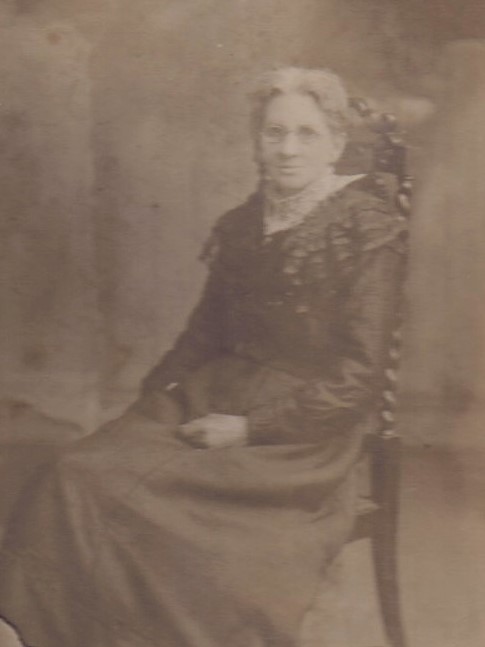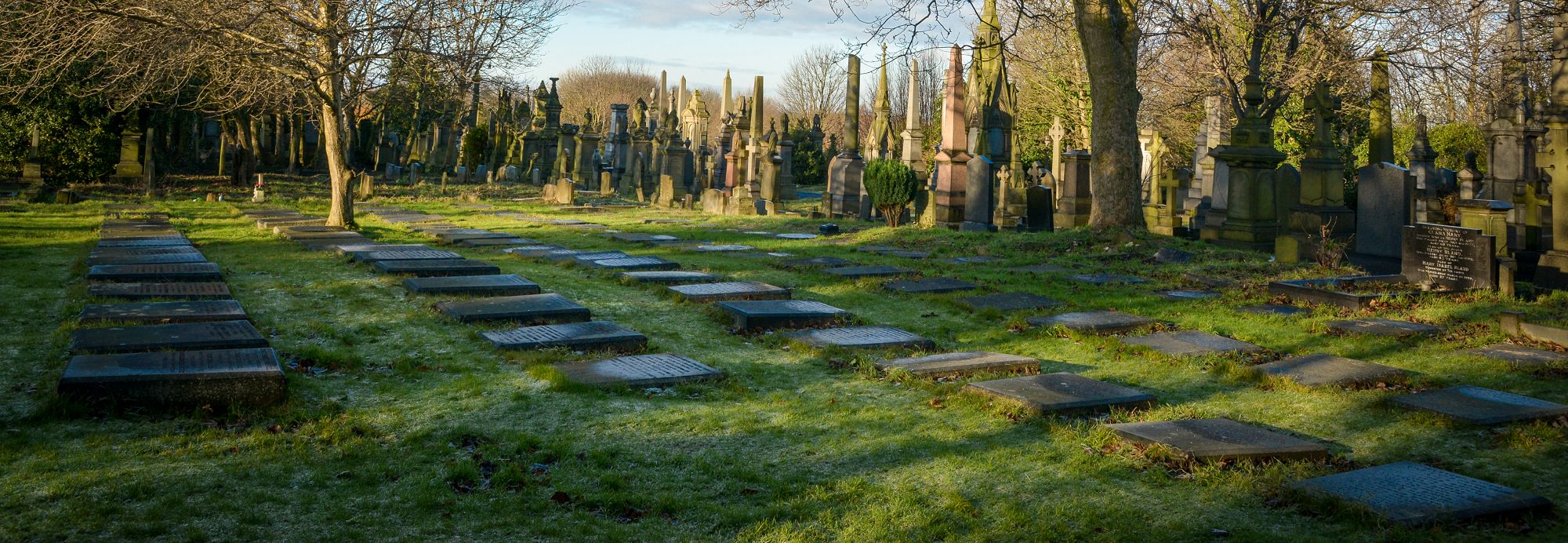Ellen Joyce

Ellen was born into an Irish speaking or Gaelic family as it is more commonly known, on the 19th July 1846, in Kilworth, Co Cork Ireland, the eldest daughter and third child of Terence and Mary Quinn (Nee Hudson), six more siblings were to follow.
At the time of her birth, Kilworth was a market and post-town (that being on the main coach road between Cork and Dublin). Her father, Terence, was a stonemason, and they had a relatively comfortable living compared to most inhabitants of Kilworth, who were tenant farmers. It is estimated that about 3% of Irish farmers owned the land that they worked.
As a stonemason, Terence would have been employed by the landowner, or helped locals to build their cottage to build what is known as ‘Vernacular House’, or what is also known as an Irish Cottage. It is believed that some houses like this were probably built as a sort of community project by a local group of workers called a Meitheal. This group of workers were made up of family or friends of the person who wanted to build the house, with perhaps one or two local people with prior experience. When built on rented land, the landlord may have designated the area for the house. In general, the house was located on any suitably flat area, probably an area that had not been cultivated for farming before so that the house was using as little as possible of the fertile farmland.
The decade that Ellen was born into, was one that would have a devastating impact on Ireland forever. The Irish Famine or more commonly known in Ireland as the ‘Great Hunger’.
In 1841, the census had showed a population of about eight million people in Ireland. Two-thirds of these people were dependent on agriculture, and they very rarely received a wage. They were paid for their work with a patch of land, on which they would grow enough food for their families, but by 1845, many tenant farmers were unable to produce enough food for themselves and with prices rising, thousands were to die from starvation and many thousands more from disease.
It appears that Ellen and her family were able to manage to a certain point, perhaps because her father, Terence, being a stonemason was able to continue to work and thus have a steady income, which enabled the family to survive, while others were dying due to hunger and disease.
We know that Ellen and her family were still in Kilworth in 1858, when her youngest sister Catherine was born. After this date, records are non-existent. It is not until the 1871 census; we find Ellen and the entire family living in Bradford.
Bradford saw a huge sway of Irish migrants due the Irish Famine. It is reported that in 1851 Bradford had clearly recognisable ‘Irish quarters’ and had more Irish than any other Yorkshire town. Most of these Irish lived in areas such as Wapping, White Abbey, Goitside and Westgate. Many Catholic descendants in Bradford today can trace their ancestry back to the early Irish immigrants, with parishes such as St Peter’s, St Joseph’s and St Patricks being just a few.
The family came to Bradford mainly due to the devastation that had happened in Ireland. Poverty, disease, and destitution had taken its ‘life of toil’. Over one million people had died in Ireland, with another one million emigrating for a better life, and Bradford was no exception.
Bradford in the 1860’s and 70’s was booming, with its woollen mills, railway, and quarries. Its likely that Ellen’s father would have easily found work being a stonemason in one of these quarries, possibly Bolton Woods quarry, as the family are listed on the census as living at Wild Boar Street, which is under two miles away. It is also plausible that her father worked on the Town Hall which was opened in 1873.
Living conditions were appalling, and many families lived in cramped single rooms, often having other relatives and friends staying on their arrival from Ireland, such as was the case with Ellen, where eight members of the family were living in two rooms. This conjures up images from a Charles Dickens novel, and in all reality, it isn’t far from the truth, with the threat of disease such as typhoid, cholera, high infant mortality, and tuberculosis.
Ellen is working in one of the mills as a weaver, as most women of her time did. It is not clear which mill, but from information gathered, it was certainly one within walking distance, of which there were many. Her work was long and tiresome, and often dangerous. A typical working day for a woman would be up to 12 hours a day, being paid much less than a man, and always the possibility of injury.
On the 29th of June 1872, Ellen married Peter Joyce at St Mary’s Chapel Stott Hill, opposite the present-day Cathedral. This St Mary’s is not to be confused with the one on East Parade which was built in 1876. Peter had five children from his first marriage to Mary, who had died in 1868 and was buried at the Catholic Cemetery, Leeds Rd, behind the present St. Peter’s Primary School.
The four eldest had all been born in Fermoy, Ireland, which coincidently is just over three miles from Kilworth. His youngest daughter, Honora, was born in Bradford in 1866. Did they know each other? This is very possible from information obtained and whether they married for love or necessity, it is not clearly known, although one hopes that it was for love. Peter, also being a stonemason, would have needed someone to care and look after the children, so this duty now fell to Ellen. Not long after their marriage, Ellen’s mother, Mary dies of peritonitis and is buried at the Catholic Cemetery, Leeds Road.
The union between Ellen and Peter would produce eight more mouths to feed between 1874 and 1885. Sadly, three of the children died in infancy and there is no record of these, and one could assume that they may have been still born as was very common. Her eldest son John is born on the 4th April 1874 at Albion Square, Horton, where they now reside.
Ellen settled in to married life, with its trials and tribulations, bringing up her stepchildren and her own. In 1881, Ellen and Peter are now living at Ripon Street, off Otley Road, along with her father and five children. Ellen unsurprisingly is not listed as working, but her father and husband are still working as stonemasons, with her stepdaughter Honora working as a mill hand. Three generations of the family, again living in cramped squalid conditions.
Life continues this way for Ellen until 1887, when living at Wellington Street, Peter dies from the terrible wasting disease tuberculosis, no doubt brough on from the cold damp living conditions, aged forty-five. Less than a month later, her father, Terence dies at the age of sixty-two of debility (physical weakness), no doubt brough about from his work as a stonemason.
Ellen is now left on her own, with five children and only the income from her eldest son John, who now aged thirteen is working as Mill hand. Ellen now has no choice but to rely on other family members and neighbours and find any work that she can to help support her family.
Tragically, the dreaded tuberculosis haunts the family, and in 1891 while still living in Wellington Street, her eldest son John dies aged sixteen and is buried in Undercliffe Cemetery in a ‘Company Grave’, or more commonly known in municipal cemeteries, a pauper’s grave, with several other people.
Ellen’s fortunes begin to change, and she now moves to Exeter Street (Otley Rd), where in 1901, she is living with her four remaining children and a lodger. All her children are now employed, and a steady income enables them to have some sort of comfort, compared to the hardship that they had previously known.
Within four years her second youngest son marries and has six sons. A few years after this, her youngest son marries and has two daughters and a son. It is at this point she teaches her grandchildren the Irish language, which her own children knew.
Ellen moves once more and in 1911 she is living at Nutall Road, with her two remaining children. She remains here with them until her own death on the 8th October 1922. Her age is given as seventy-three on her death certificate, but she was in fact seventy-six.
What is remarkable about Ellen’s life is the social changes that happened during her lifetime. She witnessed first-hand the ‘Irish Famine’, the latter stages of the Industrial revolution, which changed Bradford from a small market town to the wool capital of the world. The invention of; electricity, the telephone, the motor car, and the typewriter to name but a few. She experienced the Boer War, The First World War, and the early stages of the Irish War of Independence, and saw women win the right to vote.
Ellen’s resting place is marked by a simple wooden cross, and where three of her children and a daughter-in-law would join her. Just as she was in life, in death, she is surrounded by the monuments of the rich and famous, a symbol of a life hidden, along with many other immigrants who made Bradford their home to find a better life and what may be regarded by many, one of many thousands of foundation stones hidden amongst the ‘Worthies of Bradford’.
Research by Andy Joyce 2021

